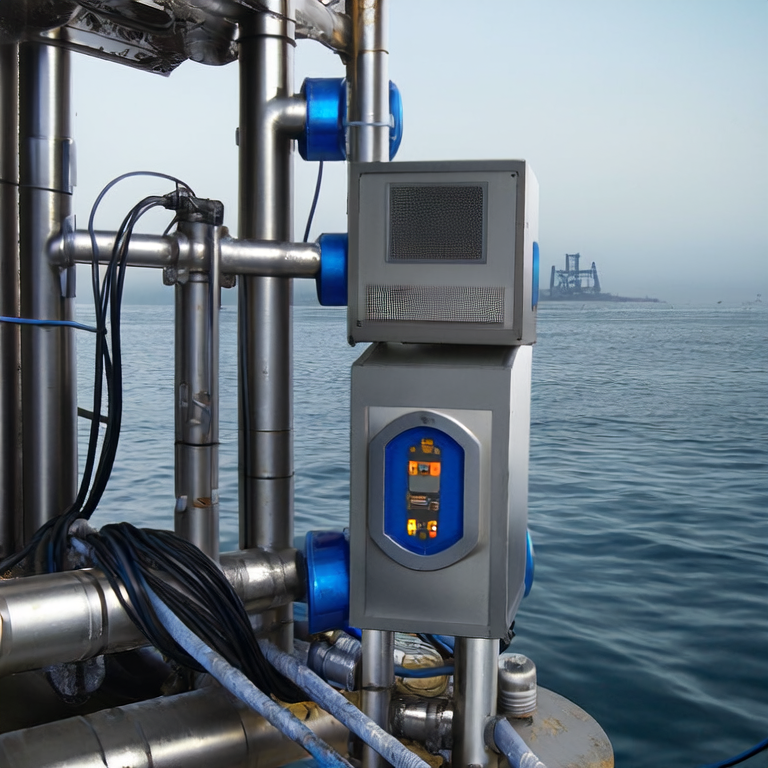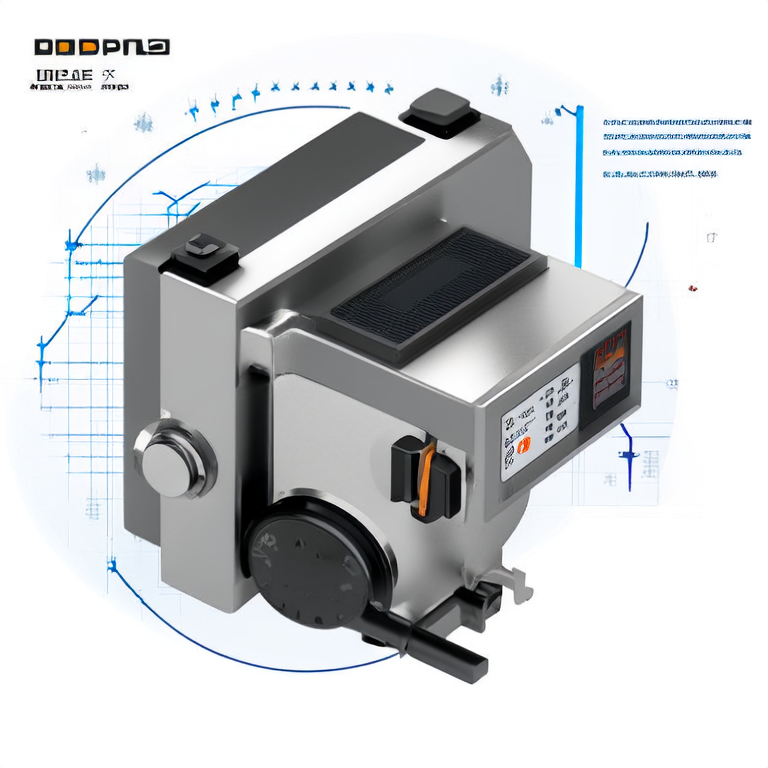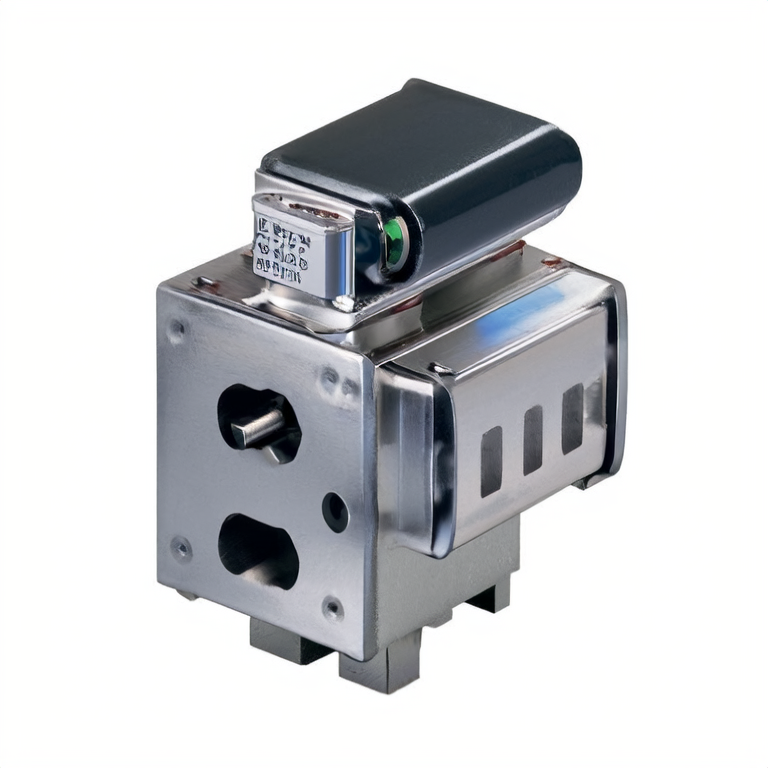Offshore Vessel Installs Electromagnetic Flow Transmitter for Freshwater System
Sep. 04, 2025
Introduction
Offshore vessels have unique challenges when it comes to monitoring fluids. One significant issue is accurately measuring freshwater systems. This is where the electromagnetic flow transmitter comes into play. These devices offer precise flow measurements, ensuring that vessels can manage their freshwater supply effectively. This technology is crucial, especially in harsh marine environments. Furthermore, the electromagnetic flow transmitter minimizes maintenance needs and enhances operational efficiency. Picture this solution in action.

Summary Answer
An electromagnetic flow transmitter helps offshore vessels accurately measure and manage freshwater systems. Its precision and low maintenance make it an essential tool in the marine industry.
1. Benefits of Electromagnetic Flow Transmitters
1.1 High Accuracy
Electromagnetic flow transmitters provide high accuracy in flow measurements. They can measure fluids with high precision, which is vital for ensuring correct supply levels. Updated data on flow rates keeps the vessel\'s water management optimal.
1.2 Low Maintenance
These devices require minimal maintenance compared to mechanical flow measurement tools. With no moving parts, there are fewer opportunities for wear and tear. This reduction in maintenance allows operational timelines to grind on without interruption.
1.3 Versatile Applications
Electromagnetic flow transmitters can be used in various applications beyond freshwater systems. They are also effective in handling wastewater, chemicals, and slurries. This versatility provides more options for vessels with diverse needs.
1.4 Cost-Effective Solutions
Investing in electromagnetic flow transmitters can lead to long-term savings. Although the initial cost may be higher, the savings from reduced maintenance and increased efficiency justify the investment.
1.5 Environmental Monitoring
Offshore vessels need to monitor their environmental impact. The precise data from electromagnetic flow transmitters assist in this monitoring. They ensure that the freshwater systems operate within sustainable guidelines.
2. Key Features of Electromagnetic Flow Transmitters
2.1 Flow Range
The flow range varies among different model types. Most transmitters can measure from low flow rates to high flow rates effectively. This adaptability makes them useful in various ocean conditions.
2.2 Supporting Technologies
Complementary devices like the gallopsensor can enhance the overall flow measurement and system reliability. Integrating these technologies will help in better data management.
2.3 Installation Process
Installing an electromagnetic flow transmitter usually follows these steps:
- Choose the correct location for installation.
- Prepare the pipe for the transmitter fitting.
- Install the transmitter with appropriate sealing.
- Connect the wiring and configuration devices.
- Test the setup to ensure accurate readings.
Conclusion
The installation of an electromagnetic flow transmitter in offshore vessels significantly enhances freshwater system management. These devices offer precise measurements with low maintenance requirements, ensuring ships can effectively manage their water supply. Their advantages, from accuracy to reduced operational costs, make them indispensable in the marine environment.
FAQ
What is an electromagnetic flow transmitter?
An electromagnetic flow transmitter is a device used to measure the flow rate of conductive fluids, ideal for applications like freshwater systems in offshore vessels.
How does an electromagnetic flow transmitter work?
This device works based on Faraday\'s law of electromagnetic induction. It measures the voltage generated when a conductive liquid passes through a magnetic field, indicating flow rate.
Why choose electromagnetic flow transmitters for offshore applications?
They offer high precision, low maintenance, and adaptability to various fluid types, making them suitable for complex marine environments.




